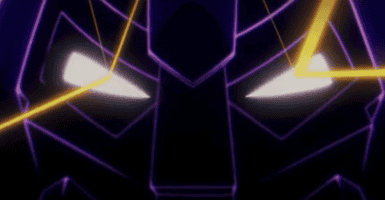Alien Star Appears To Be Hiding At The Heart Of Our Galaxy
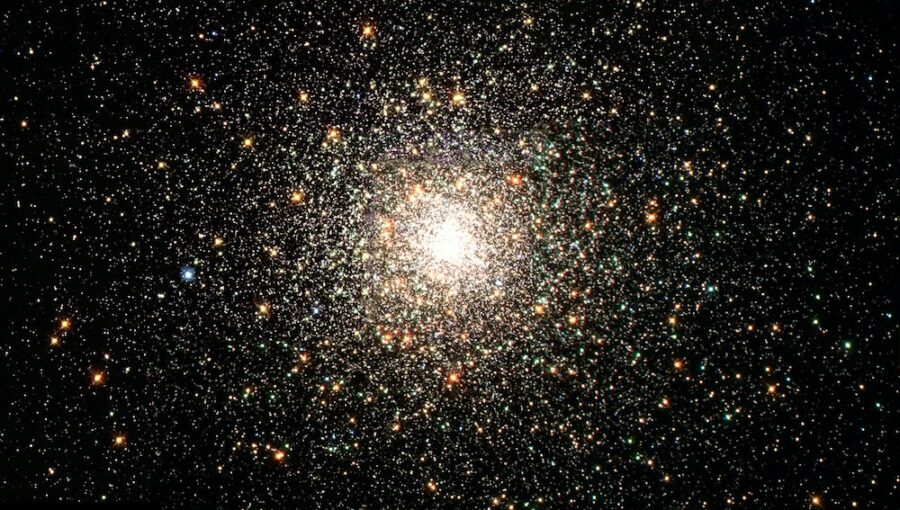
There’s a good chance the center of our galaxy contains alien stars that did not originate in the Milky Way. According to ScienceAlert, there is a group of stars around the supermassive black hole at the center of our galaxy, but it is unlikely that they formed where they are.
Astronomers tend to believe that stars existing around supermassive black holes are unlikely to have formed there because the gravity well of the black hole is too extreme to allow the conditions needed to form them.
S-Stars And What They Mean
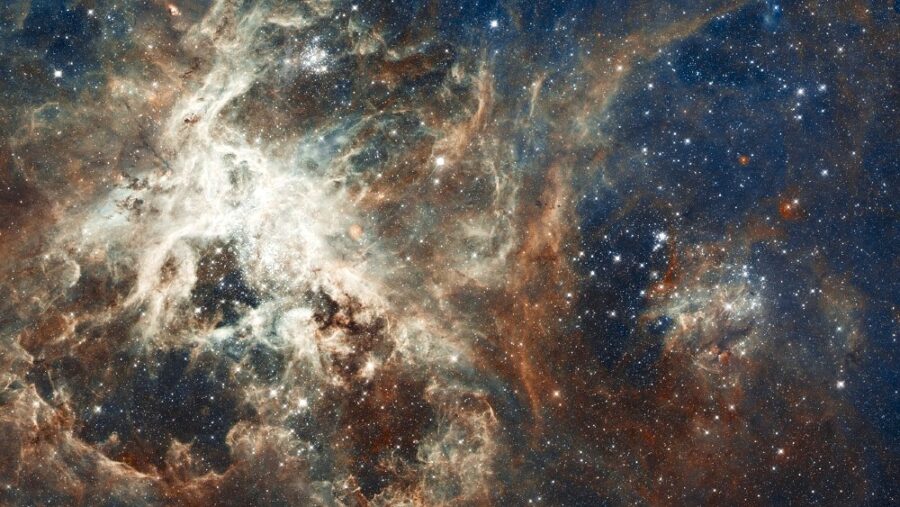
That means that alien stars that formed outside our galaxy may well be hanging out around its center. Known as S-stars, these seeming stellar anomalies are the subject of much interest and debate among astronomers, largely due to speculation regarding their origin.
But recently, Miyagi University of Education researchers, under the direction of astrophysicist Shogo Nishiyama, appear to have determined that at least one of the S-Stars—S0-6—definitely did not originate in our galaxy.
First To Be Confirmed
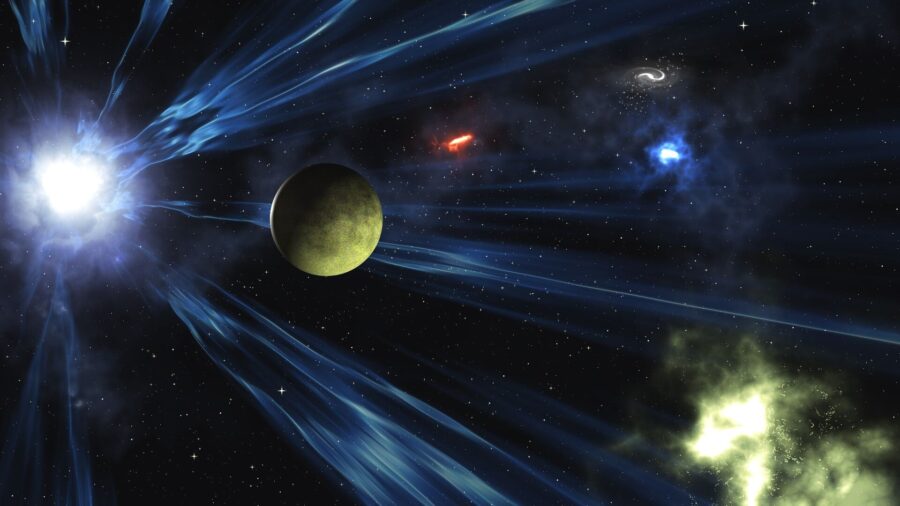
The alien star S0-6 is the first star from the center of our galaxy to be confirmed to have an origin outside the Milky Way.
The supermassive black hole at the center of our galaxy is designated Sagittarius A* and is the center point for the orbits of the S-stars, which zip around it in lengthy elliptical paths, where their blindingly fast speeds have been clocked as high as 24,000 kilometers (15,000 miles) per second.
But velocity was just the story’s beginning for Nishiyama and his team.
The Star’s Acceleration
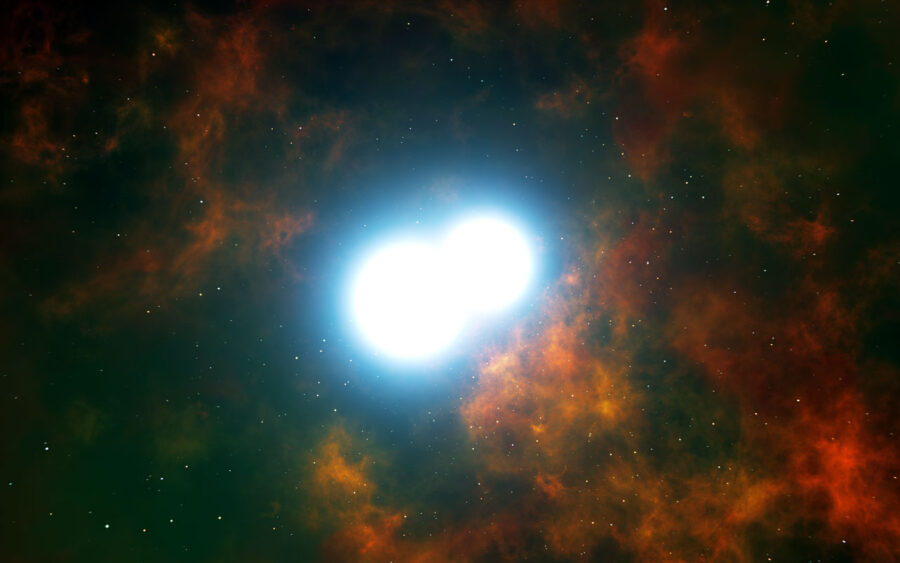
They measured the speed of alien star S0-6 as the first step toward decoding its origin, a task for which they utilized the optical-infrared observatory known as the Subaru Telescope, which is located in Hawaii.
For eight years, the team used this powerful telescope to make observations of S0-6 that they hoped would lead to definitive information about where it came from.
The study of the star’s acceleration confirmed that its distance from the black hole Sagittarius A* is about 0.04 light-years.
Age Of The Star
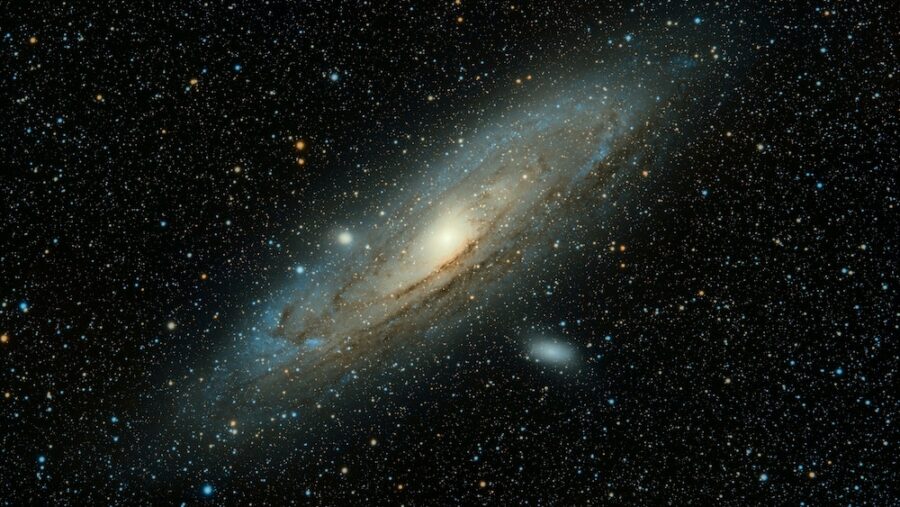
The team also studied the light from S0-6, looking for evidence of elements interacting with particular light wavelengths, absorbing some and emitting others.
This results in darker and brighter lines within the spectrum of the star, indicating its chemical composition. The information then led the team to be able to determine the age of the star as heavier elements are less prevalent within older stars.
The Alien Star Chemical Profile
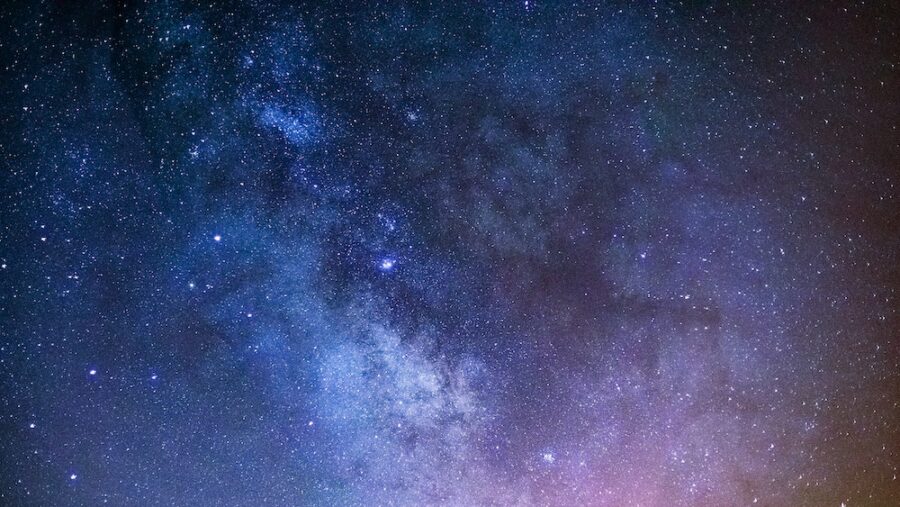
It also allowed the team to compare the chemical profile of the alien star to that of other stars in our galaxy, helping them to understand where it originated as stars that share a birthplace also tend to share a chemical profile.
According to the team’s research, S0-6 has a relatively lower quantity of heavy elements, which allowed them to estimate its age to be roughly 10 billion years.
However, the ratios and quantities of these elements bear a greater similarity to stars in dwarf galaxies such as the Small Magellanic Cloud and the Sagittarius Dwarf Spheroidal Galaxy than to stars in the Milky Way, which those dwarf galaxies orbit.
Milky Way Consuming Galaxies
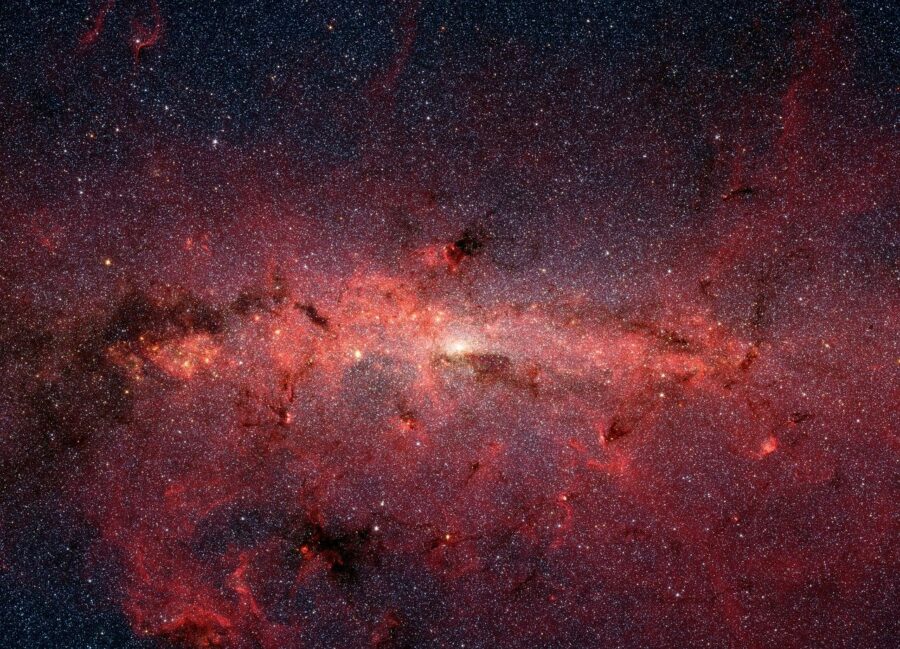
The Milky Way is actually in the process of consuming the galaxies from which the alien star originated, making the fact that such stars are present in our galaxy unsurprising.
In fact, during the 13.6 billion years of its existence, our galaxy has gobbled up several other galaxies.
While elements of these galaxies are known to exist within the Milky Way, the data gathered regarding S0-6 is the first observational evidence that confirms the hypothesis that remnants of such subsumed galaxies could have migrated to the center of our own.
Further Research Needed
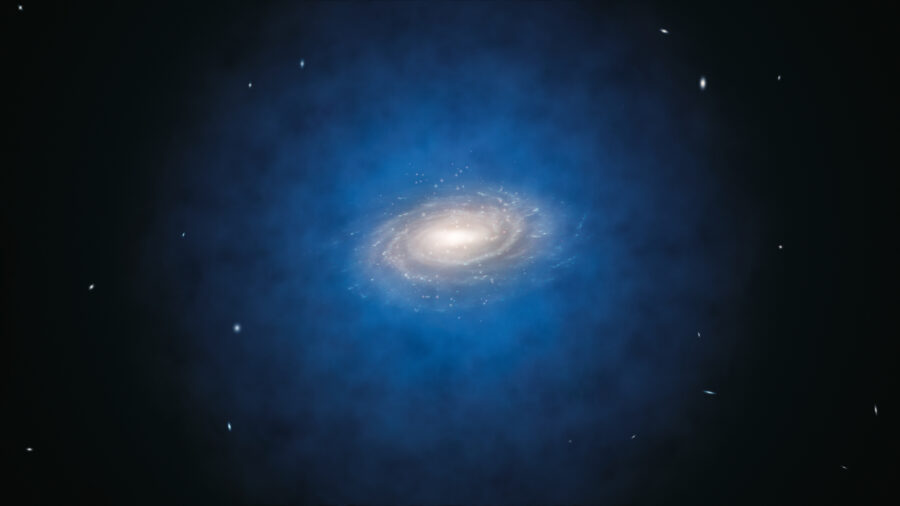
Though the extra-galactic origin of this alien star has not yet been confirmed, its unusual chemical signature is undeniable, differentiating it from other stars near the center of our galaxy.
Further research will need to be conducted before more specific confirmation can be made, with Nishiyama expressing both curiosity and optimism regarding his team’s ability to unlock the mystery of the S-stars eventually.
The research conducted by the team can be read in the academic journal Proceedings of the Japan Academy, Series B.










